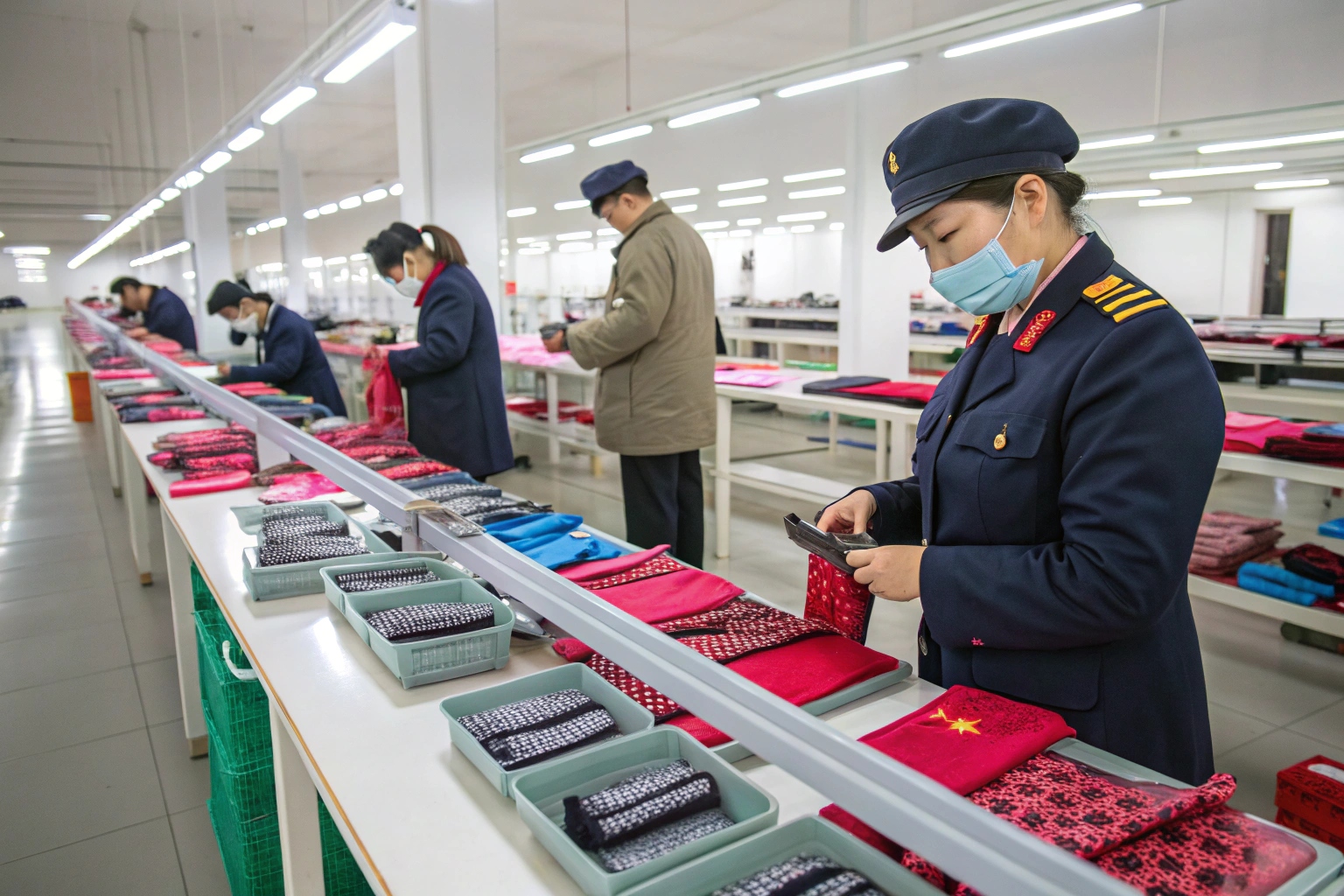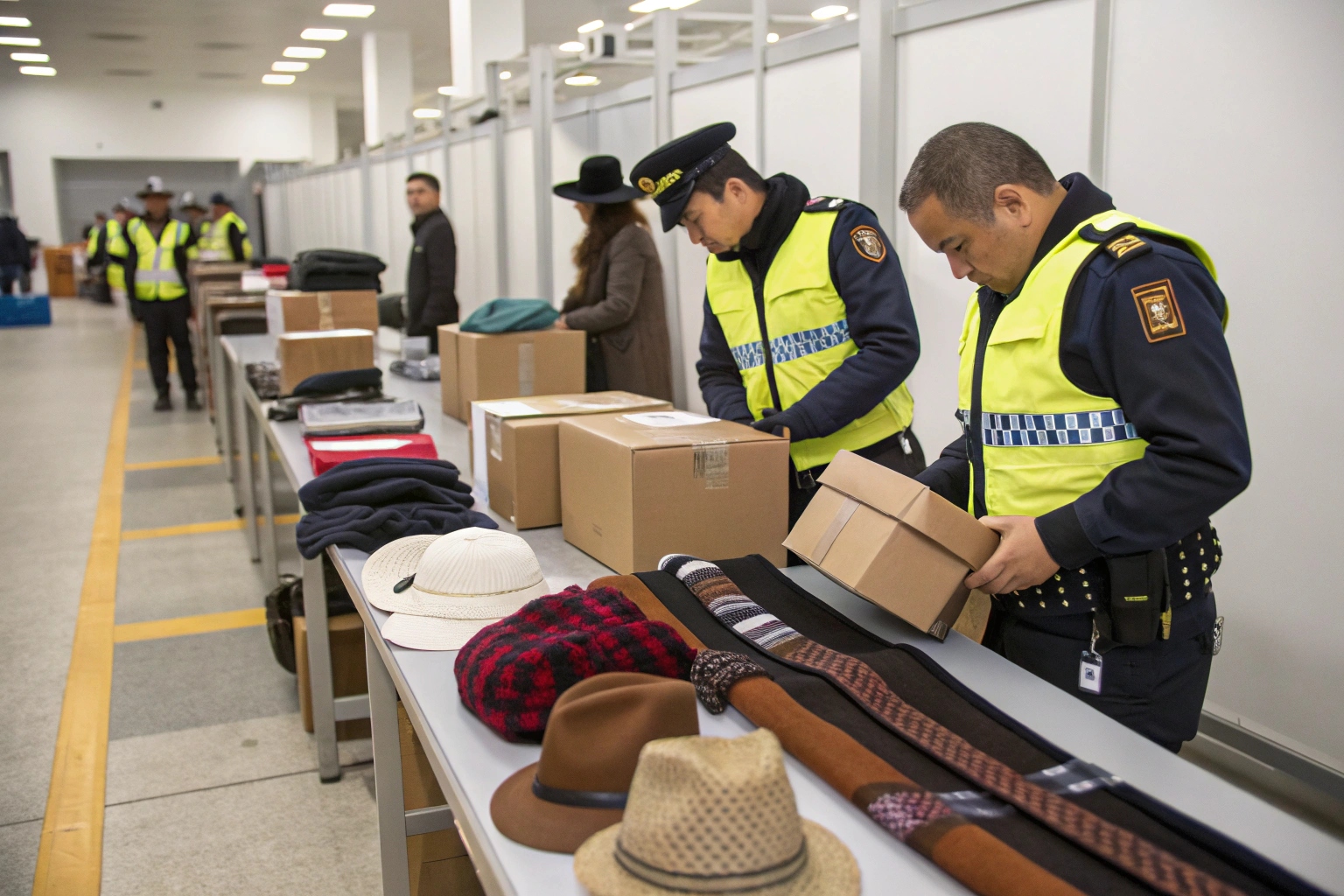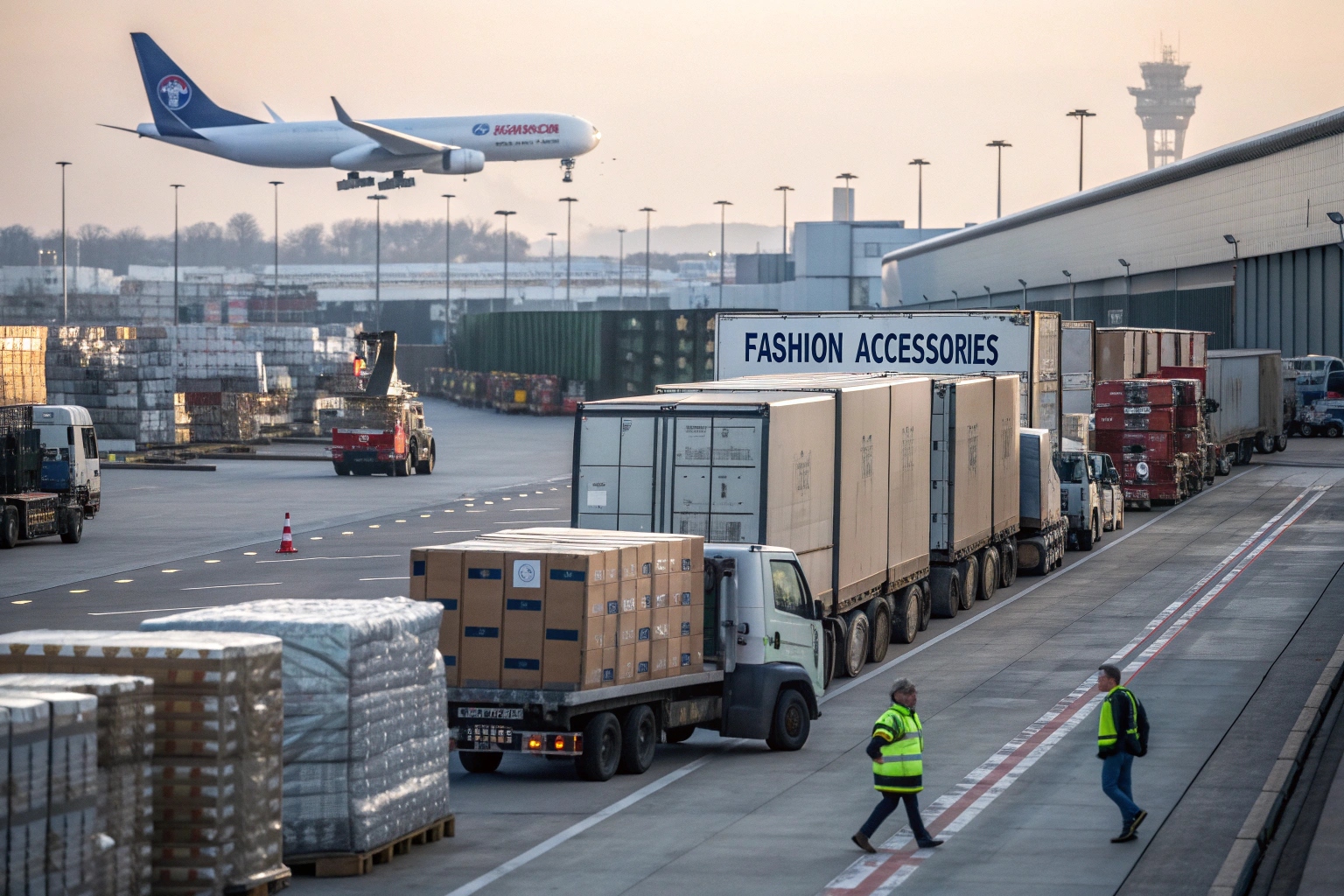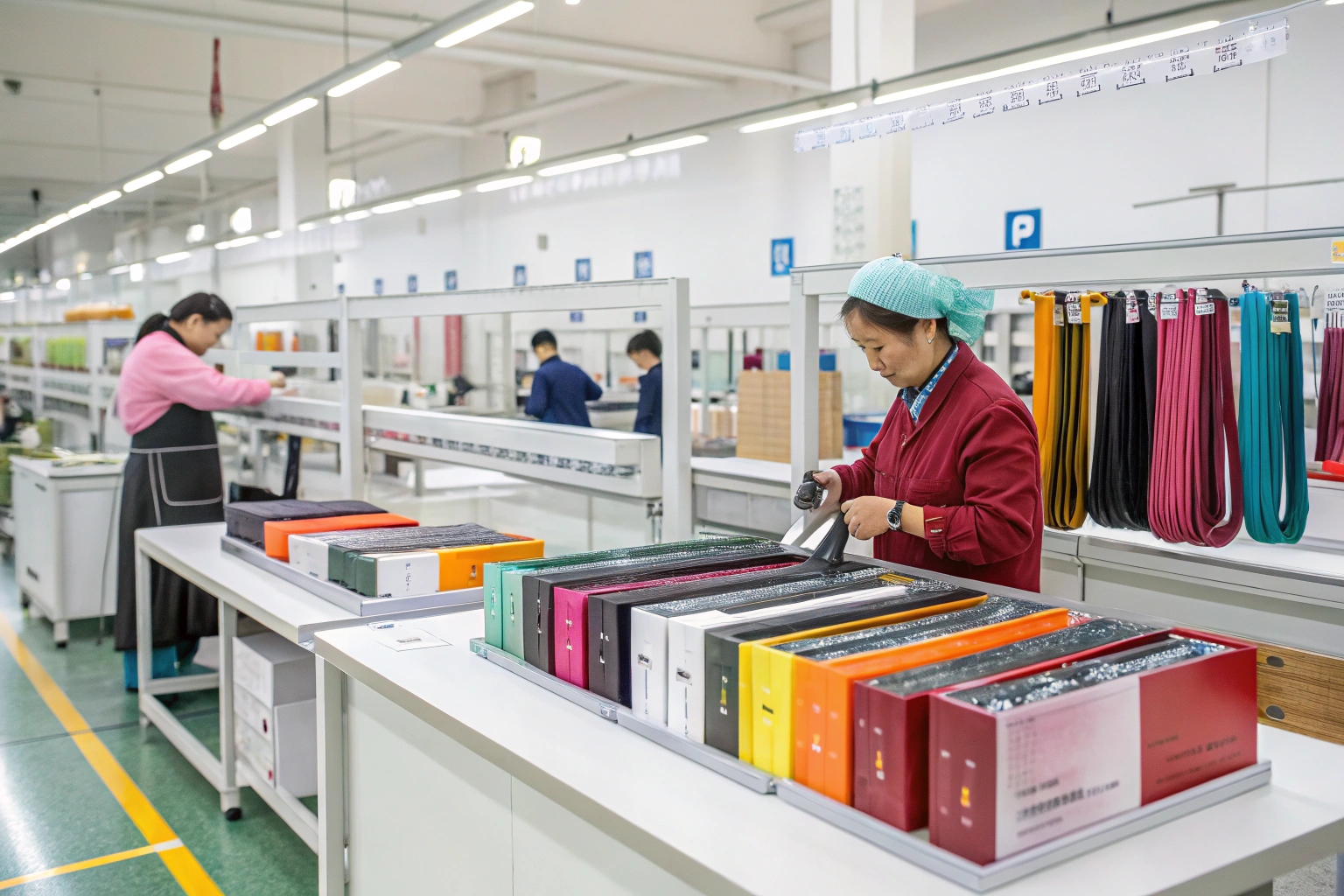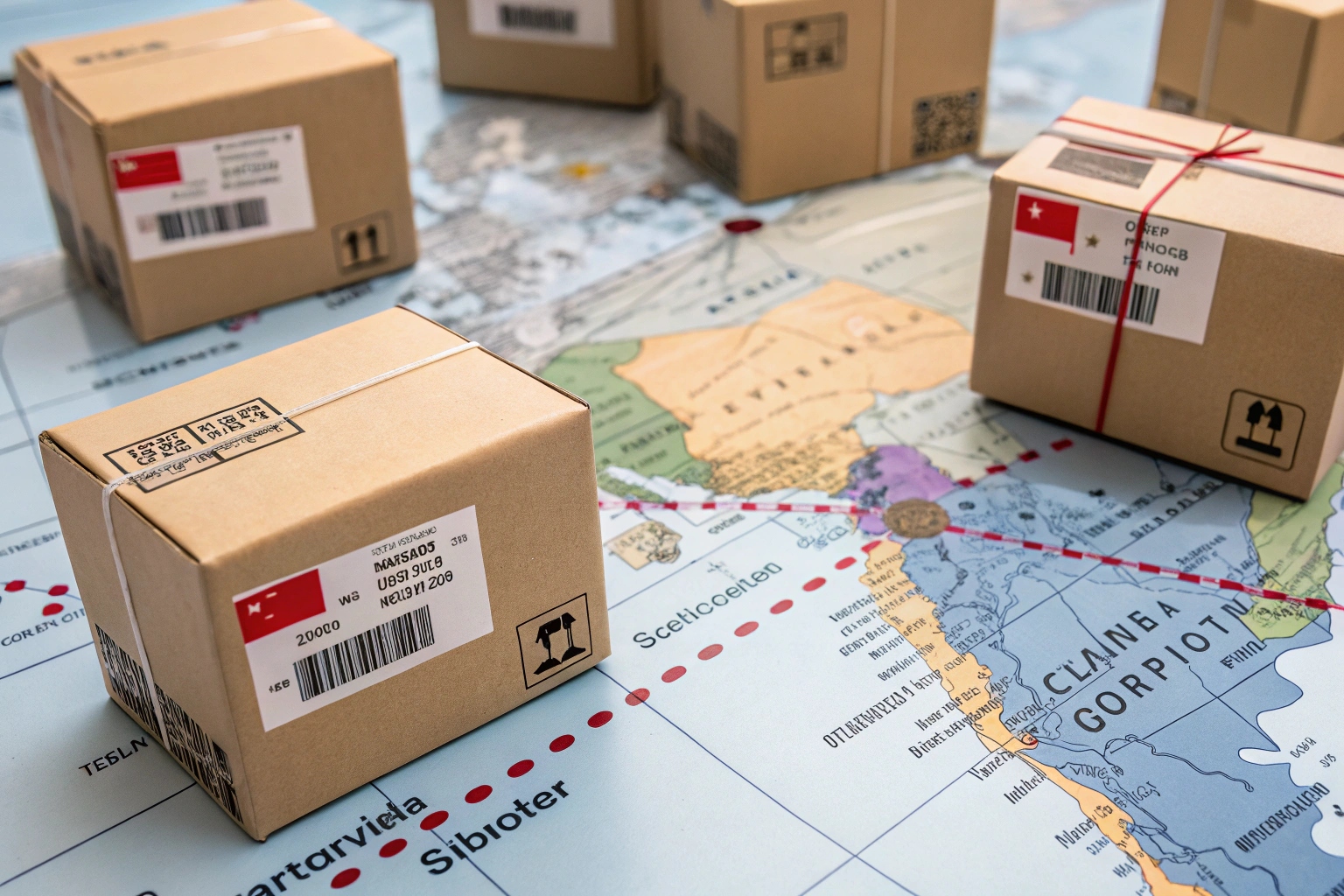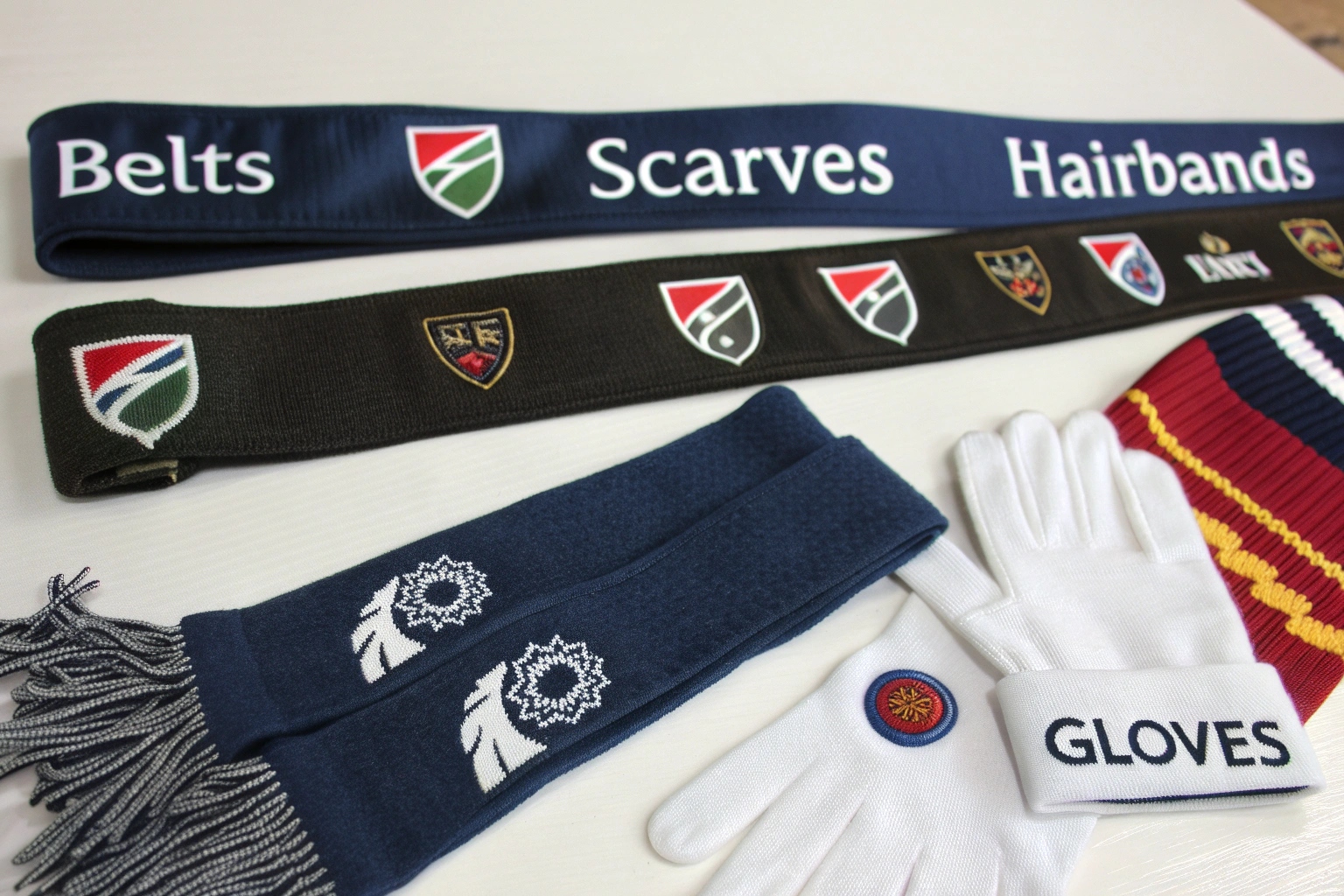You're managing a container with scarves, hair clips, and belts—all from one supplier, but across different production lines. One wrong label or mismatched count could ruin an entire season’s delivery.
At AceAccessory, we follow a strict multi-layer QC system that ensures every product type in a mixed shipment is checked consistently, packaged correctly, and loaded with precision.
If you're working with varied SKUs from a single shipment or across multiple production zones, you’ll need a QC partner who can handle this complexity like clockwork.
How Are Different Product Types Inspected Consistently?
Multiple SKUs mean multiple risks. Different shapes, materials, packaging methods—each one carries its own QC criteria. Yet, the buyer only wants one result: accuracy.
We assign product-specific inspection checklists, line-trained QC staff, and layered spot-check protocols to maintain consistent quality control across categories.
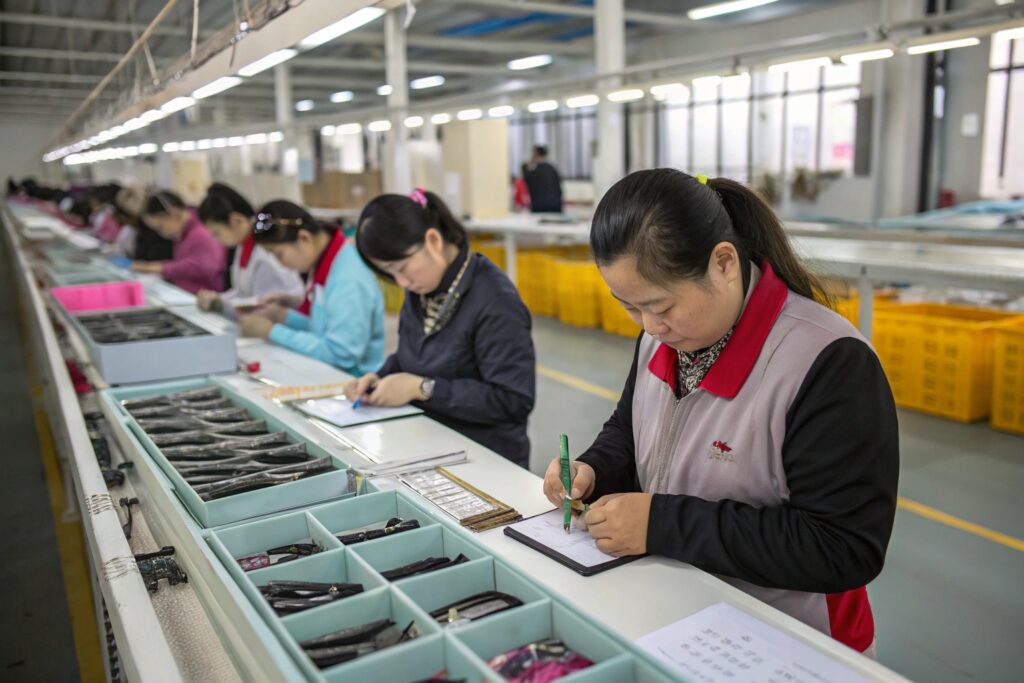
Why can inspecting multiple product types be tricky?
Each product type often has:
- Unique defects: Belts may scratch; scarves may snag; clips may chip
- Different packaging needs: Clips go in trays, scarves in rolls, belts in hangers
- Different volume and tolerance: 2mm stitching deviation may be acceptable on hats, but not on leather belts
How do we maintain consistency?
1. QC Segmentation by Product Category
We divide our QC workflow by category. Hair accessories are checked by trained inspectors familiar with metal and resin. Soft goods like scarves and gloves are reviewed separately by textile specialists.
2. Category-Specific Checklists
Each product line uses customized checklists based on buyer specs, which may include:
- Visual and tactile checks
- Measurement tolerances
- Weight and stretch test
- Color swatch verification
3. Unified Grading Standard
We use a universal pass/fail system across product types:
- AQL 2.5 inspection standard
- Pass rate ≥ 98% per SKU
- Photos of representative samples stored digitally for reference
| Product Type | Key QC Focus | Method |
|---|---|---|
| Hair Clips | Color, grip strength | Manual testing, photo match |
| Scarves | Stitching, size | Fold-out table measuring |
| Belts | Buckle durability | Pull test, buckle cycle test |
By assigning QC managers by product and aligning their reports, we deliver consistent results even when SKUs vary by material, design, or function.
What QC Procedures Are Used for Mixed Cartons?
Imagine opening a single carton and finding belts, scarves, and caps. How do we make sure the right quantity and quality are represented from each line?
Our QC team performs mixed carton audits using count-matching, barcode scans, and on-site photographic verification to confirm every item inside is as expected.
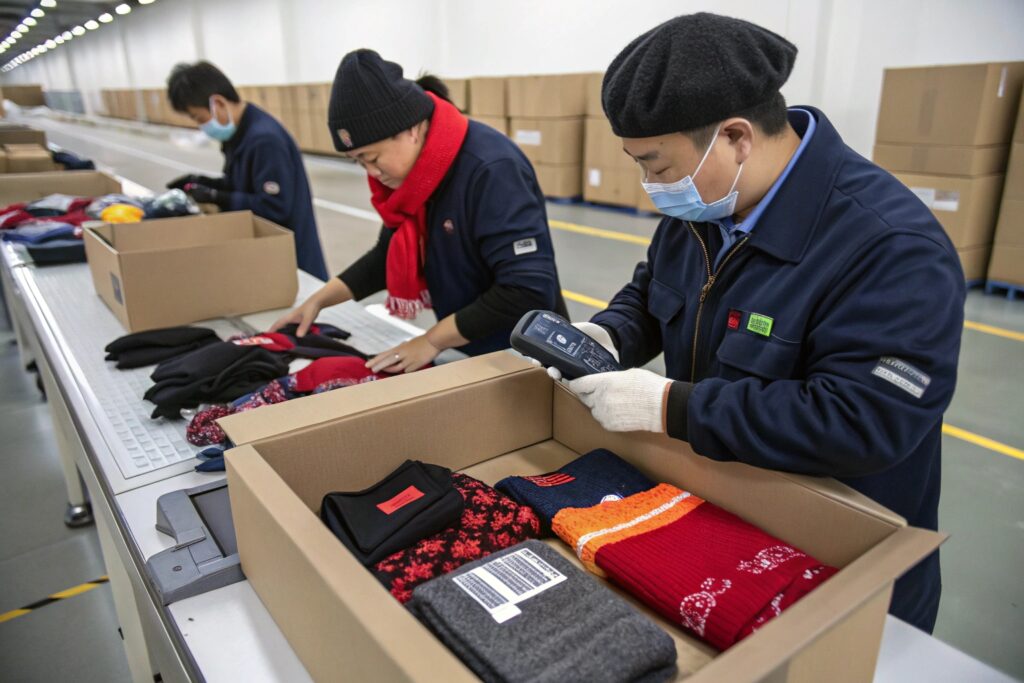
What risks are common in mixed cartons?
- Wrong product mixed in (e.g., red belts instead of navy)
- Wrong count per SKU
- Inconsistent folding or packaging
- Missing or duplicate items
- Barcode mislabeling
Our 4-Step Mixed Carton QC Process:
Step 1: Carton Identification
- Cartons are coded with a unique identifier
- Master carton label includes all SKUs inside
Step 2: Pre-Opening Verification
- Count is cross-checked against the pack list
- Barcode scanned and matched
Step 3: Random Selection of SKUs
- Pull 5–10% of each SKU inside the box
- Check for product match, damage, packaging uniformity
Step 4: Photographic Record
- We take overhead photos of the contents before resealing
- Shared with the buyer for transparency
| QC Checkpoint | Method Used |
|---|---|
| SKU Match | Barcode + visual |
| Quantity Accuracy | Physical recount |
| Packaging Conformity | Fold and wrap inspection |
| Final Seal Confirmation | Photo + tape inspection |
We also provide a downloadable report, sorted by SKU, including defect images (if any), for client records or compliance documentation.
How We Prevent Packing Errors in Combined Shipments?
Even with good product QC, missteps can happen during final packing—like incorrect inner box labeling or fragile items at the bottom of a load.
Our packing QC focuses on labeling, carton weight consistency, stacking order, and shipping marks, ensuring that mixed products are packed securely and clearly.

What are the common errors in combined packing?
- Wrong labels (SKU/barcode/country of origin)
- Fragile items crushed under heavier items
- Box weight exceeding air/sea limits
- Inconsistent carton measurements affecting palletization
- Incorrect carton sequence for delivery
How does AceAccessory prevent this?
A. Packing Instructions Sheet
We issue packing layout guides including:
- Inner box counts per SKU
- Sequence of placement
- Box weight limits
B. Double Check During Loading
Before final sealing, our QC team checks:
- Barcode labels match pack lists
- Correct quantity per SKU in box
- Cartons stacked by fragility and weight
C. Digital Carton Log
Each carton is:
- Photographed after packing
- Assigned a digital ID
- Included in a master PDF shared with the client
| Error Type | Prevention Method |
|---|---|
| Barcode mismatch | Barcode scan + visual double-check |
| Overweight carton | Weighing scale per station |
| Fragile on bottom | Packing guide diagram enforcement |
| Mislabeling outer box | Printed QC-approved templates |
This method ensures that even when hair clips, scarves, and leather belts are all shipping together, each reaches your warehouse without confusion.
Final Checks Before Loading Mixed SKU Containers
All cartons are packed, sealed, and labeled—but the work isn’t done yet. One final round of validation can prevent a costly mistake at the port or customs.
Before container loading, AceAccessory performs final inspections focused on carton integrity, label visibility, load sequencing, and a final master tally match.
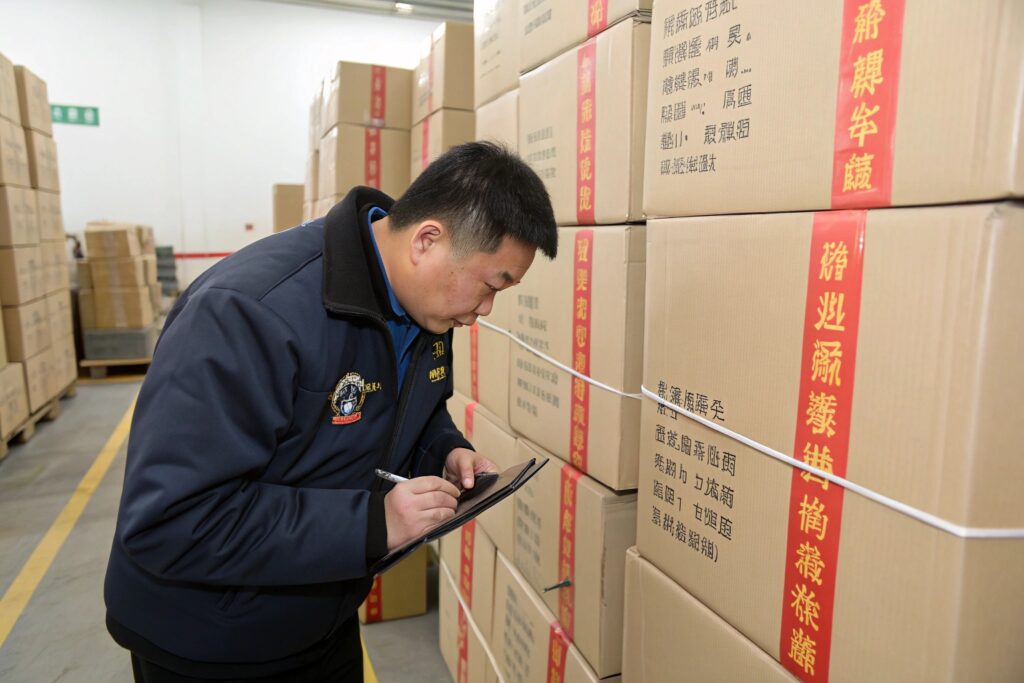
What do our final checks include?
1. Carton Integrity
- Look for any damage to corners or seams
- Verify all tape is properly sealed
2. Label Positioning
- All labels face the aisle for visibility
- No faded or wet printing
3. Master Tally Verification
- Random cross-check of cartons vs. packing list
- Ensure no over/under counts
4. Container Load Order
- Fragile/lightweight cartons loaded last
- Ensure even weight distribution
5. Photo Documentation
- Full container images (empty, mid-load, final)
- Carton stacks, label close-ups
- Shared with client before vessel departure
| Final QC Area | Importance |
|---|---|
| Carton Strength | Prevents collapse in transit |
| Label Readability | Key for customs & warehouse intake |
| Tally Accuracy | Avoids inventory misalignment |
| Loading Sequence | Reduces damage and repacking risk |
By following this procedure, we reduce the chance of last-minute surprises, shipping holds, or damaged cartons when the shipment arrives.
Conclusion
Managing quality control for mixed product shipments is complex—but it’s our specialty. From inspecting belts and scarves to verifying labels and packing order, we ensure every piece in your consolidated order meets expectations and arrives ready for sale.

